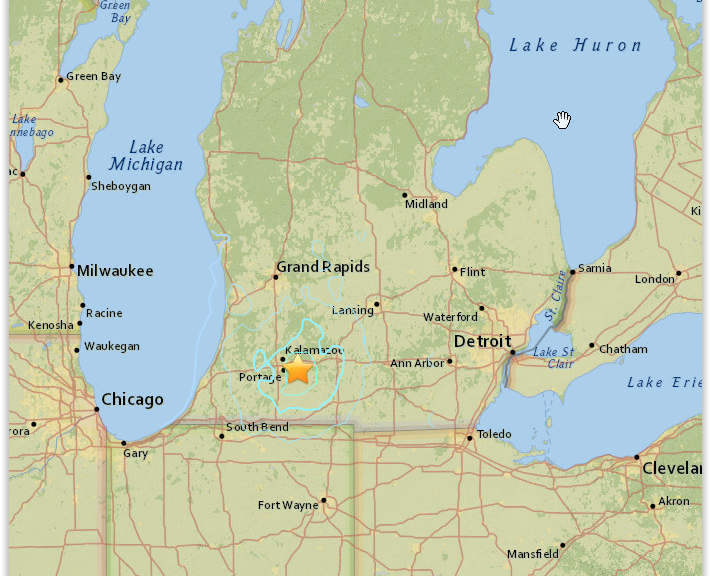Back in mid-March +Sophia Brandt posted a query [on a now nonexistent G+ page] seeking advice on tools for beginner DM resources for hexcrawls and building your own campaign.
I recommend reading the full comment thread, but I liked what I wrote, as it is a nice summary of what I have used in my efforts in recent years. I have added other links and information that I could not recall off the top of my head, mostly for my future reference.
+Joe Johnston recently published a free PDF, How to Hexcrawl.
Bat in the Attic, The Alexandrian, Ars Ludi, and The Welsh Piper all have a series on sandboxes and hexcrawls.There’s another blogger who did something on hexcrawls that I am not recalling.
Bat in the Attic- Hexcrawl Series The Alexandrian Hexcrawl Series Ars Ludi: West Marches The Welsh Piper on Hexcrawls
For building a world, the hexcrawl is generally a bottom up way to do it. Pick a starting town and generate a few hexes around town with various terrain, and objects and places of interests and dungeons and monsters. The world is built as the player’s explore it.
One can also do the top down approach, plan out a world, cosmology, mythos, nations, peoples, cities, etc. and pick a certain spot for the players to start, and use a hexcrawl to detain a smaller area.
For me, designing a detailed mythology of divinities is a challenge, so I use either Greyhawk dieties, or something from Dieties & Demigods.
It is easy to get lost in the details, so I think the DSR episode about world building sufficiency, is right on point. Some of us, like me, can easily get lost in details that will never come into play. Build enough to give color and flavor to your world.
My quick suggestions:
- Decide which monsters definitely will or won’t be used.
- Generate a ridiculous amount of names for streets, places, businesses, taverns, and NPCs . (You will be asked for what is the name of this or that all the time!)
- Stay just enough ahead of the players that you can roll with their sudden course changes. At the end of a session ask if they will continue in their current situation, or go somewhere else, to give you time to prepare for a course change.
- Make index cards with pre-generated random encounters of the creatures they are likely to encounter, so you can just grab it and go. Just make packs based on your encounter tables, whether it is the default tables in the rules, those by others, or your own. I put stats, treasure, etc. on them so I don’t have to slow play to figure it out. Some monsters I use all the time, I can easily wing them. But I like the cards to make sure that every group of goblins is not the same 10 goblins with spears.
- Once you get a few sessions under your belt, and you and the players get attuned to this world, it will start to make sense how to proceed.
- If this is your first campaign, there is no right or wrong way to do it. Everything you do, even if it is never used in play will help you figure out what style of world building works for you.
- Tables – Tables can help give ideas. The OSR is full of new ideas for tables to flesh out or fill in perceived gaps for different tables. You don’t have to roll on tables or accept the results, but they can give a LOT of ideas you might not come up with on your own.
- Maps – There is a plethora of online maps for RPGs for dungeons, cities, ruins, and other settings. If you play using theater of the mind, then the maps may only help you to solidify your ideas for a location and its layout.
- d30 Sandbox Companion – New Big Dragon Games game aid for generating all kinds of things for a sandbox setting.
- d30 DM Companion – New Big Dragon Games game aid for ideas for fleshing out dungeons, not limited to the dungeon.
- Weather – Have a quick and easy method to generate weather.
- Rumors – Have a few rumors to start and come up with new rumors all the time.
- Events – Use something like the yearly and monthly events in Oriental Adventures.
- Festivals & Celebrations – What kinds of parties will be going on?
Another person pointed out a couple of resources that I also turn to:
Jeff Rients’ twenty quick questions for your campaign setting has some interesting ideas to define certain elements of your campaign that your players may ask about, or for some reason tends to come out in game play.
One Page Dungeon Contest (OPDC) Maps to quickly generate where a treasure or other found map leads, or for a quick adventure idea when you are running dry.
I find that as I place monster lairs and determine what is in them, that it is easy to make up a story to explain how they all fit together. Are certain groups of humanoids working together? Is there a big bad who is trying to get them to work for him? Are there monsters that can’t be reasoned with or controlled and the big bad leaves them to guard his flanks, and his minions fear them. For example, a group of owlbears in an abandoned mine?
There are all kinds of ways to determine what the various lairs and ruins are. Place them underground in caves, tombs, dungeons, ruins, mines, quarries, etc. Hills, towers, and other prominent features above ground.
Use the lairs closest to the starting village/town/city as sources to begin interacting with your world. Have a known area of fairly picked over tombs in the hills near town, but with the possibility that there are still tombs that haven’t been found, or that have become the home of something else with treasure.
Plan NPCs for all the PCs to interact with, that have the same classes your PCs will use. If you allow paladins and rangers in your game, plan some low and mid-level NPCs so that your players have someone of their class to turn to for advice, training, support, etc. Having a reason for these NPCs to be in and out of town and sometimes inconvenient for the players to interact with makes them a bit more real. Paladins and rangers tend to be out doing good in dangerous places, or on quests and secret missions. Wizards and illusionists and sages tend to get busy doing their research. If the players can’t afford to pay for information or magical aid, perhaps they can pay in favors.
Then there need to be the other NPCs, tavern keepers, bar maids, street vendors, and other types of vendors that your players will tend to seek out. How many from the starting location will be available for hirelings and mercenaries? Is the supply never ending, or will you define how many are available? Will the players have a hard time finding help if they get a reputation for getting their men killed?
As you get to know your developing setting and your chosen rules, you may find that you are comfortable winging various aspects of play. Perhaps all you need is a list of names or a simple name generator, and some generic stats of hirelings. I have found that I can make up all kinds of stuff on the fly. I am amazed at some of the stuff that I come up with and how the players never know I made it up on the spot. However, the players can be quite inventive and always manage to find some avenue in the course of play that I had not anticipated.
If you tell the players that there is someone in town who sells maps, for example, you better know about the maps. Are they all forgeries made by the map maker, or are they the real deal. Where do they go and do any forged maps actually lead to something, or is the loot still there if the map is genuine?
Whatever you mention, be prepared for the players to run with it, so keep some basic notes of what you have told them, and pay attention to them showing interest in certain things.
I have a few background plots running in my campaign that are affecting their immediate area, the kingdom, and the greater region. The players are seeing a pattern to some events that are just random encounters, but I am able to retcon a story that makes it work, because I built my own encounter tables to fit the lairs I randomly placed and populated. The players are able to influence events through dumb luck, or by choosing to follow or ignore hints of something else going on. Players will start connecting dots from what they see, but these connections are tenuous, coincidental, or circumstantial. It is fun to have your narrative as the DM about what all this means, and see how the players actually interact with it.
With a hexcrawl, you can put as much or as little detail and effort into it as you need to make it work. You can do the just in time generation a few hours before the session, or do it as you play and both DM and players figure out the world at the same time. You can obsess over planning your world and generate tons of information that will never enter into play. Whichever way you prepare, make sure it is focused on preparations that leads to play first, and explanatory, fill in the blanks later. As I mentioned above, as you follow this process, you will discover the style that works for you. If you and the players are having fun, then you are doing it right.











